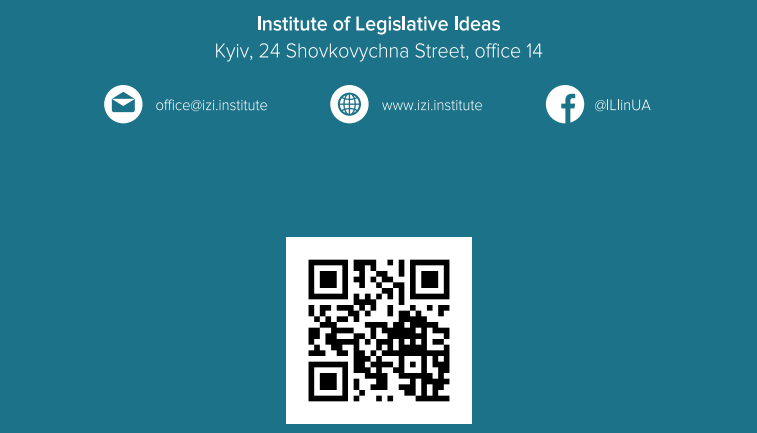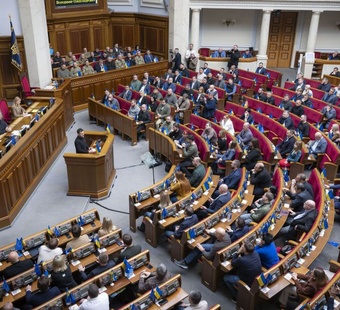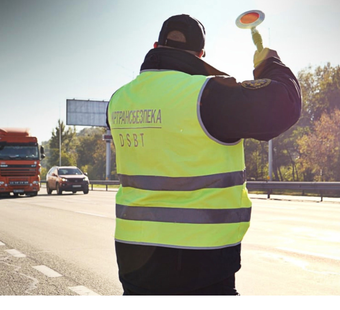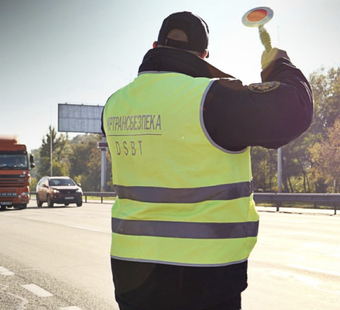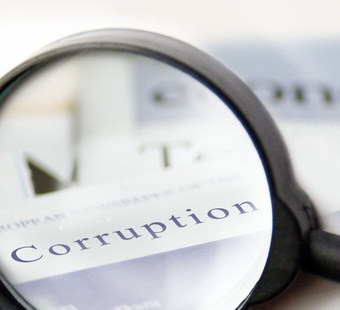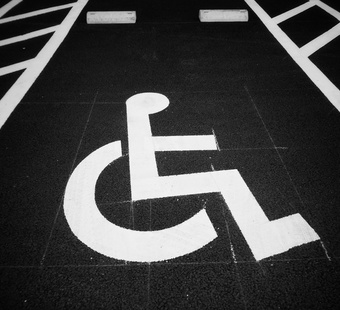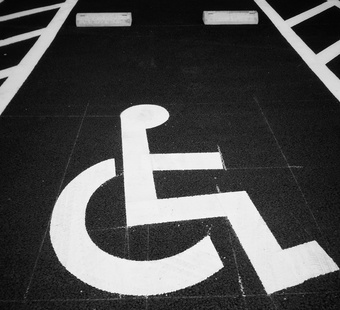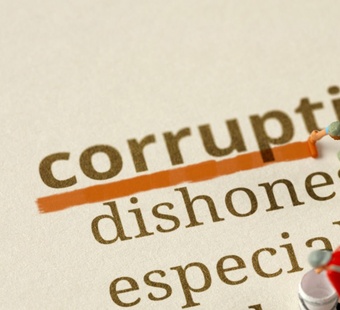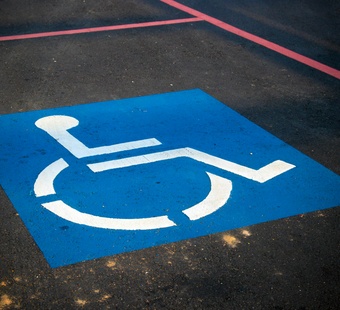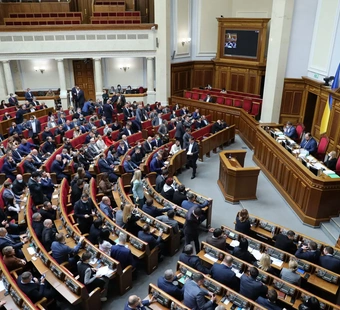>
Analytics>
Assessment of the implementation of the anti-corruption program of the Accounting ChamberAssessment of the implementation of the anti-corruption program of the Accounting Chamber
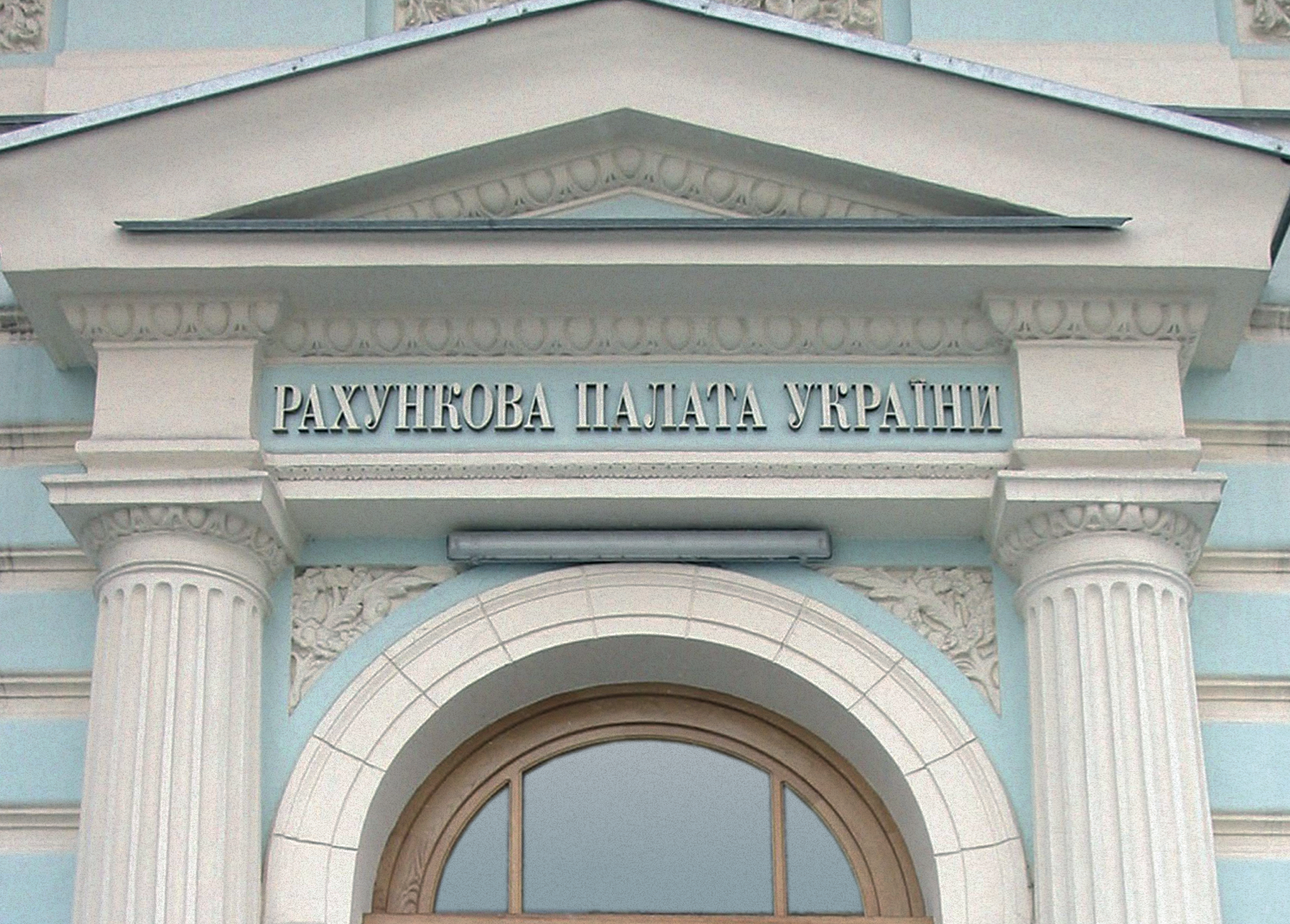

Publisher: Institute of Legislative Ideas
Authors: Tatiana Khutor, Taras Ryabchenko
This Policy Brief presents the results of independent public monitoring of the implementation of the anti-corruption program of the Accounting Chamber for 2019-2021. The authors assessed the effectiveness of the implementation of measures determined in the anti-corruption program to eliminate (minimize) the identified corruption risks. This document contains the main conclusions and 9 recommendations for improving the implementation of the anti-corruption program of the Accounting Chamber (starting from conducting corruption risk assessment to monitoring its implementation). We are thankful for the staff and management of the Accounting Chamber for their openness to conducting independent public monitoring and providing information for such analysis.
Executive summary

Introduction

One of the positive consequences of the implementation of anti-corruption reform in 2015 was the introduction of a preventive anti-corruption tool in state bodies in the form of mandatory anti-corruption programs. Such programs are drawn up by state bodies based on the results of self-assessment of internal corruption risks and self-determination of ways to minimize them.
In some countries (for example, Hungary) the power to assess corruption risks is entirely vested in the Accounting Chambers. The Ukrainian Accounting Chamber (hereinafter AC) is not empowered to assess corruption risks in the activities of other government agencies in the preparation of their anti-corruption programs, while AC has functions to control the use of budget funds, which are not limited to purely financial audit and include performance audit. In fact, it is about the possibility of the AC to detect corrupt abuses of budget funds by any state body or organization. This, in turn, obliges the AC to adhere to the highest standards of transparency and internal control in order to avoid corruption risks in its activities.
The AC anti-corruption program was developed at the end of 2018 with a validity period of 3 years 2019-2021. This period has become unprecedented for the Accounting Chamber, as all previous anti-corruption programs have worked for several months. Systematic monitoring of the effectiveness of the planned measures and making the necessary changes to the anti-corruption program, fixing the program implementation period for several years allows the application of strategic approaches to the implementation of internal anti-corruption policy of the state body. At the same time, in the absence of such monitoring, the body risks ending the current situation for several years.
The anti-corruption program of the Republic of Poland, like any other body. was based on the results of the corruption risk assessment (hereinafter CRA) by the authorized Commission, Although the number of persons. involved in such an assessment, the timing and the process of gathering information were limited, the Commission conducted a 3-month corruption risk assessment and identified 20 corruption risks and 32 remedial measures.
Regular internal monitoring of the implementation of the anti-corruption program (as of 2019) did not reveal any significant problems in the process of its implementation. Therefore, this external monitoring report is important to provide an objective assessment of the results of the implementation of the planned activities. It should be noted that the staff and management of the Accounting Chamber are open to conducting Independent public monitoring and providing available information for such analysis.
Our evaluation of effectiveness was based on the following criteria: measurability of selected measures, timeliness and completeness of their implementation and effectiveness.
The results of the analysis indicate insufficient effectiveness of the anti-corruption program.
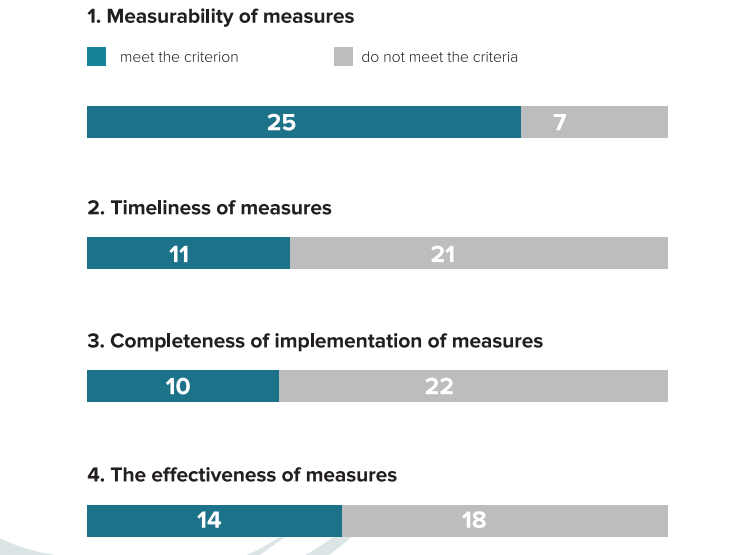
As a result of the evaluation, all measures were divided into those that were implemented effectively (measures and their implementation meet all these criteria), insufficiently effective (measures and their implementation do not meet all these criteria) and ineffective (measures and their implementation do not meet any of these criteria).
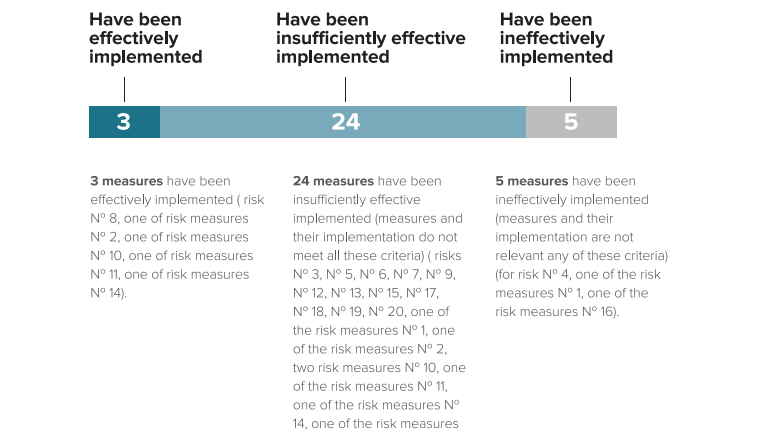
Conсlusions and reсommendations

The whole process of assessing corruption risks by the Commission had its shortcomings, which influenced the formation of a table of assessed corruption risks and selected measures to eliminate them

The first characteristic problem of this stage was the insufficient reflection of the functional distribution of all the powers of the AC. As a result, it turned out to be fragmentary, as it does not cover the risks associated with the activities of all structural units (departments, offices) operating in the Accounting Chamber.
In the future, we believe that the process of assessing corruption risks can be strengthened through:
- involvement of representatives of all structural subdivisions in such assessment. This will contribute to a wider coverage of possible corruption risks and the formation of real and practically applicable mechanisms for their elimination;
- involvement of external stakeholders, in particular the public, to objectively assess corruption risks,
- providing sufficient time for a quality assessment;
- establishing so-called "baselines" with clear statistics, avoiding evaluative and vague concepts when identifying risks that need to be eliminated or minimized; this will allow further assessment of the progress of their implementation, based on data, statistics and specific information;
- compliance with adequate deadlines for evaluation; the current situation allows to develop changes that could improve the effectiveness of anti-corruption measures in the Accounting Chamber;
- ensuring maximum openness of the valuation stages (the work plan and other documents developed at the different stages of the valuation should be published on the website of the Accounting Chamber)
Distinguish between corruption risks and corruption- -causing factors

During the formation of certain corruption risks (for example, N° 3-4, 12-14) the concept of "dishonesty of officials" was used. However, if we aim to eliminate this risk, then, most likely, the measures should be aimed at identifying and releasing, and not, for example. to develop an internal mechanism for disclosure of private interest. Incorrectly identified risk leads to incorrectly defined measure of its elimination, which is equal to the loss of resources for the result, which cannot be achieved. Therefore, we emphasize the need to correctly identify the corruption-causing factor and the corruption risks themselves.
Eliminate duplication of identified corruption risks

Some risks related to the same problem are contained in different parts of the table. in addition, individual risks often relate to the same problem, which affects the formulation of measures to address them. For example, this is noticeable when analyzing risks N° 12, Nº 13 and Nº 20. That is why we recommend grouping risks related to the same problem. We also suggest avoiding the artificial division of risks to increase their number, instead formulating risks comprehensively and adding relevant measures to eliminate them. It is better to identify fewer risks, but to describe and implement measures more clearly and in more detail. This will allow the resources, which are always limited, to be directed to the implementation of priority measures.
Give more weight to the main function of the AC providing an audit

In the audit process there is potentially a large number of corruption risks. AC members have the right to excessive discretion from the formation of control groups (specific civil servants) and the appointment of managers at their discretion to, in fact, determining the content of the report based on the results of the audit. Therefore, the discretion of the members of the Accounting Chamber should be limited by clear procedures, taking into account compliance with the guarantees of their independence. We recommend approving the following procedures that would provide a clear understanding of audit procedures and algorithms:
- The procedure for the Accounting Chamber to audit efficiency;
- Procedure for carrying out financial audit by the Accounting Chamber;
- Procedure for planning work in the Accounting Chamber;
- The procedure for drawing up a program (strategy, plan) for the event of state external financial control (audit);
- The procedure for drawing up the Act based on the results of the measures of state external financial control (audit);
- Recommendations for the preparation and execution of a report on the results of public external financial control (audit);
- Regulations on the procedure for monitoring the implementation of the decisions of the Accounting Chamber;
- Other methodological documents on the basis of which control (audit) measures are carried out.
Introduce real monitoring of acts and reports

Clearly defined, consistent and constant monitoring of compliance with the content of acts and reports on the results of control measures (audits) the key to their quality. However, full-fledged and systematic monitoring of compliance of acts and reports is currently not carried out. There are cases when acts and reports do not correspond to the announced program (strategy, plan) of the audit and do not cover all planned issues. Or there is a risk that not all violations identified in the acts are reflected in the reports. Namely, the report is the only document that is subject to publication by the AC. Given the need to spend significant resources and the unrealistic to do it "manually", you should consider the possibility of automating these processes.
Such a measure could limit the excessive discretion of the heads of control groups and members of the AC, the consequence of which as of today, given the lack of specific regulations, may not bring the perpetrators to justice for committing offenses.
Improve the procedure for drawing up and reviewing administrative protocols to minimize the chances of avoiding prosecuting perpetrators

During 2018-9 months of 2020, the Republic of Poland drew up and sent 178 administrative protocols to local courts. And only in about 20 cases the result was the imposition of appropriate penalties.
Thus, the problem is that such protocols are often returned by the courts for revision, and the possibility of bringing the culprit disappears. This is due to the fact that, in case the courts find errors in the protocols or the procedure of their compilation, the judges return the protocols for revision, although the law does not provide for such a procedure. As a result, in accordance with the requirements of the Code of Administrative Offenses, which provides for a report within 24 hours of detecting an offense in the presence of the offender (who needs to explain the rights, etc.), such completion of the report is possible only through a new report is impossible. Thus it is impossible to bring the perpetrators to justice.
Therefore, we believe that this problem can be solved by conducting regular exercises on the proper preparation of administrative protocols (to minimize risk), as this is often due to the shortcomings of the auditors themselves, and initiating appropriate changes in legislation (to eliminate it) due to completion of protocols.
Choose measures that would completely eliminate (minimize) risks

To eliminate (minimize) risks, measures that are not able to fully achieve this are often. chosen. For example, it concerns the elimination of corruption risk N° 3 "Dishonesty of officials of the Accounting Chamber in the implementation of measures of state external financial control (audit), which has signs of non-compliance with the Law of Ukraine On Prevention of Corruption by establishing only one measure "Development and further application of the internal mechanism of disclosure of private interest of persons The measure is aimed at eliminating conflicts of interest, and the risks relate to a wider range of requirements set out in the Law of Ukraine "On Prevention of Corruption". This proves why it is necessary to choose relevant measures that need to be clearly and realistically formulated. Clarity is the refusal to use evaluative concepts, the meaning of which is not clear to either the outside reader or the performers themselves. Realism lies in the practical possibility of implementing measures within the selected period, given the available resources and employment of performers.
Set indicators and deadlines for action

During the evaluation, it is often unclear what exactly can be considered the achieved result of the selected measures. In most cases, such an assessment is not possible due to a lack of indicators. The anti-corruption program has been approved for 3 years-and this is the reason why the deadlines for the implementation of measures are incorrect. There is no need to abuse the indefiniteness of the event. An indefinite measure is usually an unrealized measure or e measure formally implemented: at the end of the reporting period. Therefore, it is necessary to set specific deadlines for implementation wherever possible, with indicators of such implementation.
Establish high-quality monitoring of the implementation of the anti-corruption program

Understanding the effectiveness of the selected measures will help to respond in a timely manner and change the anti-corruption program. That is why we recommend conducting quarterly (as enshrined in the anti-corruption program) monitoring of its implementation to analyze the effectiveness of selected measures to eliminate corruption risks. Based on the results of this monitoring, it is necessary to measure real progress, find out the reasons for the ineffectiveness of certain measures, make changes and remove ineffective measures, and continue to implement effective measures. The results of such monitoring should be made publicly avallable on the Accounting Chamber's website.
Quite often, the ineffective implementation of the anti-corruption program is due to the reluctance of the authorities themselves and their leadership to work on the actual implementation of anti-corruption measures for various reasons: someone does not understand why it is needed, someone wants to hide and preserve corrupt practices Therefore, it is important to independently evaluate the implementation of relevant programs, and even better to participate in their formation of independent stakeholders, including the National Agency for the Prevention of Corruption, and the public
This study showes that it is difficult for the public to assess the effectiveness of the Implementation of relevant measures without information, to which only a public body has access. Therefore, this study was made possible by the openness of the staff and management of the Accounting Chamber to conduct independent public monitoring and provide available information for such analysis. We welcome the desire of state bodies to cooperate and their desire to establish effective implementation of domestic anti-corruption policies.
